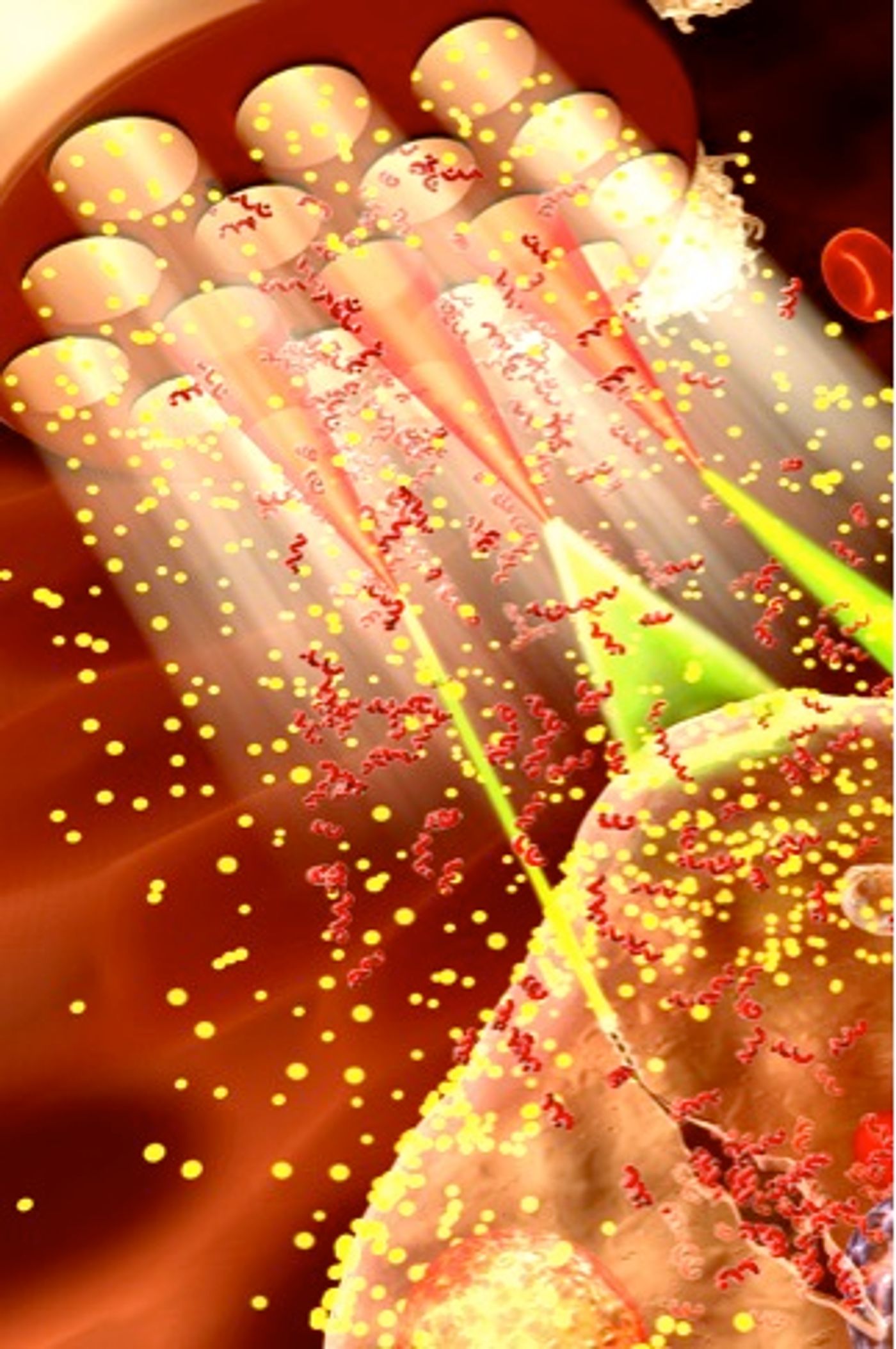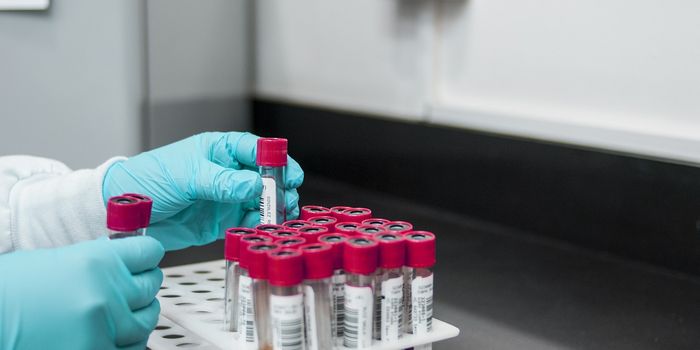Vision loss due to retinal damage or old age affects millions of people worldwide each year. Researchers from the University of Texas at Arlington have found a way to
use lasers to deliver a targeted gene therapy to restore vision loss in patients with photo-degenerative diseases.
Macular degeneration (MD), also known as age-related macular degeneration, is a condition that causes progressive vision loss due to damages to the retina and the macula of the eye. Located near the center of the retina of the eye, the macula contains a high density of cones, which are photoreceptors responsible for visual acuity. Thus in macular degeneration, patients lose central vision, making it extremely difficult to conduct daily functions.
MD is expected to affect as many as 196 million people worldwide by 2020. This number is estimated to increase to 288 million sufferers by 2040.
Gene therapies exist for restoring MD vision loss, but they suffer from a lack of precision in the delivery. The new method offers a solution to this challenge, using ultrafast near-infrared lasers that can deliver the gene therapy directly to the damaged areas of the retina.
"Most therapies focus on slowing down or halting degeneration but cannot target already-damaged areas of the retina," said Samarenda Mohanty, senior author and assistant professor of physics and head of UTA's Biophysics and Physiology Group. "Our capacity to specifically target these damaged areas cell by cell opens up a new world of possibilities for vision restoration."
The laser-based method of gene delivery relies on near-infared lasers that create a temporary sub-micrometer hole at the damaged retina. This opening allows the targeted delivery of genes that encode opsins, or light sensitive proteins, to enter precisely where they are needed the most. Once in position, a light source activates the genes to produce the opsins, which can then function to restore sight.
Mohanty and his team compared the effectiveness of the new laser-based method to lipofection, a chemical-based method that’s currently popular. They found the laser method produced more opsin proteins that were targeted to the damaged retinal area. In addition, the laser method allowed the delivery of a multitude of genes that encode opsins for a spectrum of colors. This could mean laser-based gene delivery could restore broadband vision for patients with MD in the future.
Overall, Mohanty’s study demonstrates that the new laser-based method is superior to the chemical-based method of gene delivery. Researchers hope that the specificity and sensitivity of the new technique will pave the way toward restoring lost vision for patients who suffer from photo-degenerative diseases like retinal pigmentosa and MD.
Additional Source:
UT Arlington Press Release


![[Guide] 7 Strategies to Boost Laboratory Collaboration](https://d3bkbkx82g74b8.cloudfront.net/eyJidWNrZXQiOiJsYWJyb290cy1pbWFnZXMiLCJrZXkiOiJjb250ZW50X2FydGljbGVfcHJvZmlsZV9pbWFnZV83YzBjZWIwM2Y5YzI4MmFlYzBhZDZhMTcyNTQ1ZGU3YmE4Y2MzMDYyXzUxNDkuanBnIiwiZWRpdHMiOnsidG9Gb3JtYXQiOiJqcGciLCJyZXNpemUiOnsid2lkdGgiOjcwMCwiaGVpZ2h0IjozNTAsImZpdCI6ImNvdmVyIiwicG9zaXRpb24iOiJjZW50ZXIiLCJiYWNrZ3JvdW5kIjoiI2ZmZiJ9LCJmbGF0dGVuIjp7ImJhY2tncm91bmQiOiIjZmZmIn19fQ==)






